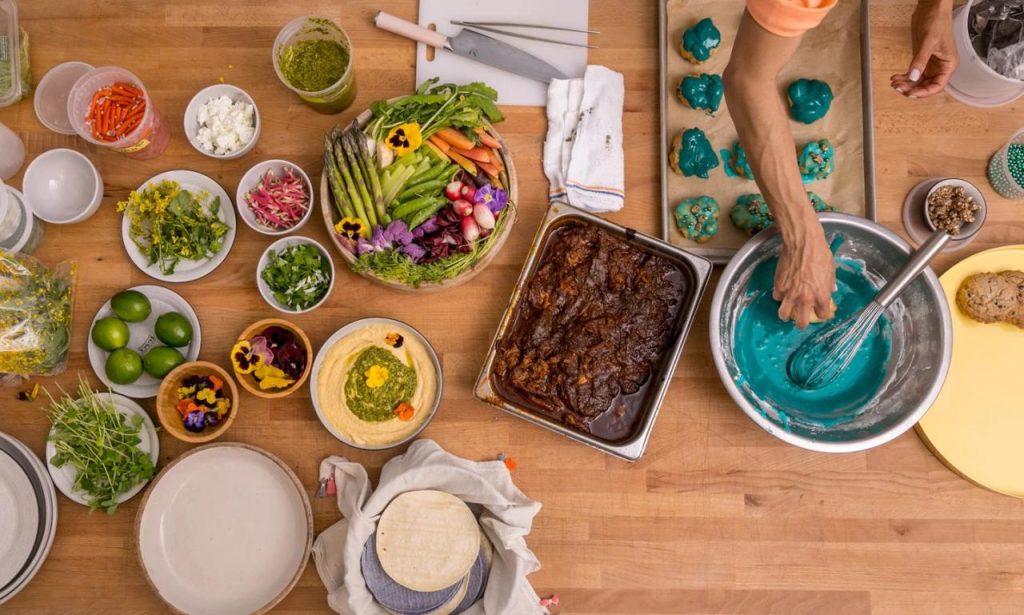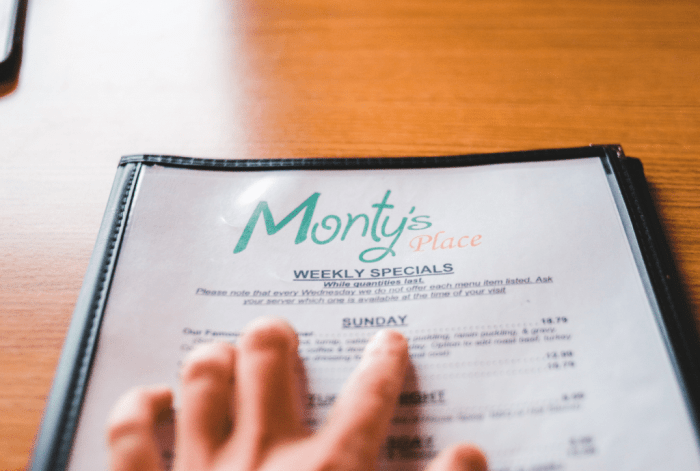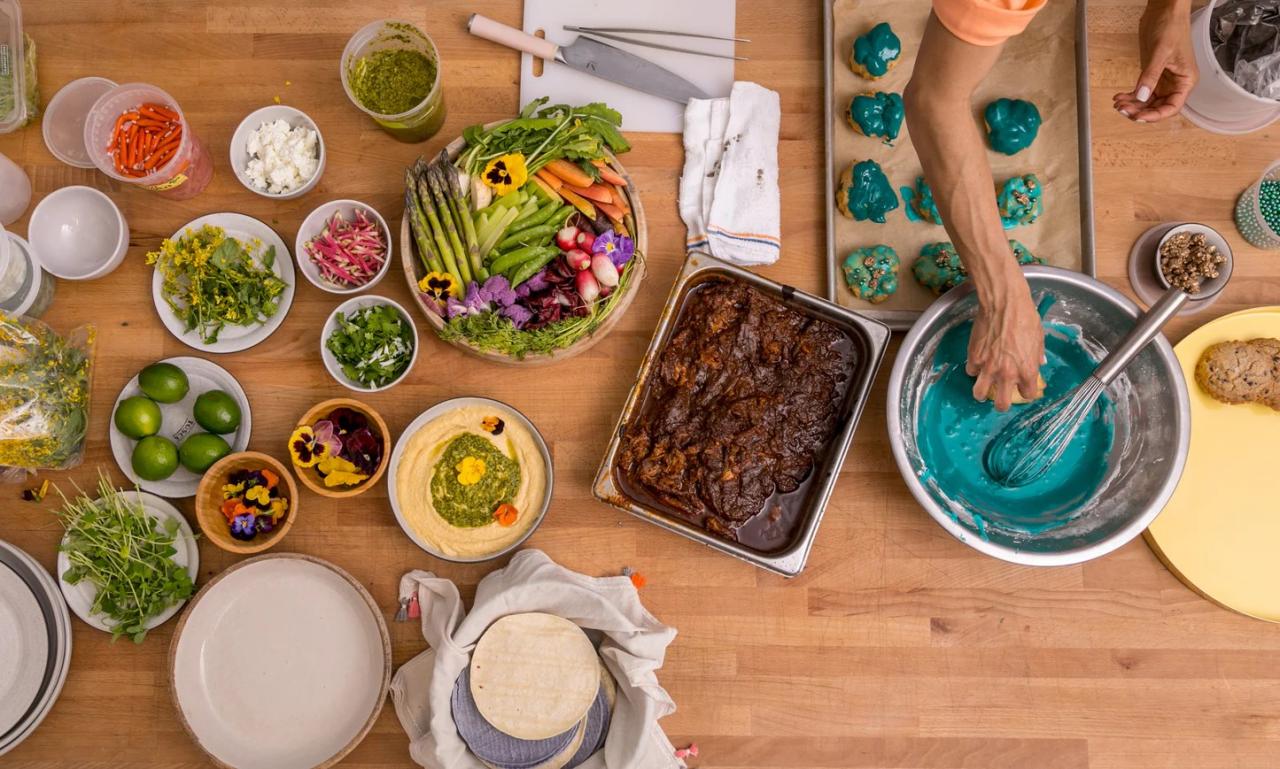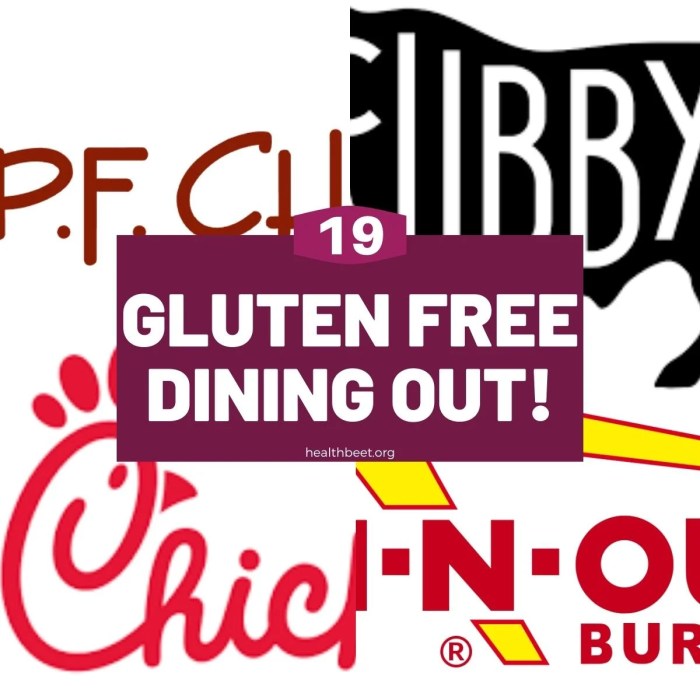
Kicking off with Restaurant menu design tips for increasing customer orders, this opening paragraph is designed to captivate and engage the readers, setting the tone for a detailed exploration of strategies to enhance menu design and drive customer orders.
As we delve deeper, we will uncover key insights on layout, imagery, branding elements, menu engineering techniques, and technology integration to help you optimize your restaurant menu for success.
Restaurant Menu Design Tips for Increasing Customer Orders

Creating an attractive and easy-to-read menu layout is crucial for enticing customers and increasing orders. A well-designed menu can showcase your dishes effectively and influence customer choices. Here are some strategies to help you design a menu that boosts customer orders:
Use High-Quality Images to Showcase Dishes
Utilizing high-quality images of your dishes can significantly impact customer ordering behavior. Visual appeal plays a crucial role in enticing customers to try out your offerings. Make sure to capture your dishes in the best light possible and showcase them prominently on the menu. High-quality images can make the dishes look more appetizing and encourage customers to place an order.
Highlight Popular or Profitable Items Strategically
Strategically highlighting popular or profitable items on your menu can drive customer orders. By featuring these items prominently, you draw attention to them and increase the likelihood of customers ordering them. Use techniques like placing popular items in a separate section, using icons or symbols to denote bestsellers, or utilizing call-out boxes to make these items stand out.
Utilize Color Psychology to Influence Customer Choices
Color psychology can be a powerful tool in influencing customer choices on your menu. Different colors evoke specific emotions and associations, which can impact how customers perceive your dishes. For example, warm colors like red and orange can stimulate appetite, while green can convey freshness and healthiness. Consider using colors strategically to guide customers towards certain items or create a cohesive visual theme on your menu.
Incorporating Branding Elements in Menu Design
Branding elements play a crucial role in menu design as they help in creating a cohesive and memorable experience for customers. By integrating the restaurant’s branding, such as the logo and colors, into the menu, you can reinforce brand identity and make a lasting impression on diners.
Integrating Branding Elements
- Include the restaurant’s logo prominently on the menu cover or header to establish brand recognition.
- Use the brand’s color palette throughout the menu design to create a consistent visual identity.
- Choose fonts that reflect the brand’s personality – whether it’s modern and sleek or traditional and elegant.
Impact of Font Choice
Fonts can convey a lot about a brand’s personality and style. For example, a playful script font may work well for a family-friendly restaurant, while a clean and minimalist font can be more suitable for a fine dining establishment.
Successful Branding Examples
One successful example of branding through menu design is McDonald’s, known for its iconic yellow and red color scheme and bold, sans-serif fonts that are instantly recognizable worldwide.
Enhancing Customer Recognition and Loyalty
Consistency in branding across all touchpoints, including the menu, can help enhance customer recognition and loyalty. When customers see familiar branding elements, they are more likely to associate positive experiences with the restaurant and become repeat patrons.
Menu Engineering Techniques for Maximizing Profits
Menu engineering is a strategic approach to designing menus that aims to maximize profitability by analyzing the placement and pricing of items. By understanding customer behavior and preferences, restaurants can strategically position high-profit items to increase sales and overall revenue.
Strategically Placing High-Profit Items on the Menu
- Identify high-profit margin items: Analyze the cost of ingredients versus the selling price to determine which items bring in the most profit.
- Use strategic placement: Position high-profit items in prominent areas of the menu, such as the top right corner or in a box for emphasis.
- Create visual cues: Use symbols or images to draw attention to high-profit items and encourage customers to order them.
Menu Engineering Strategies Used by Successful Restaurants
- Star items: Highlight popular and high-profit items with stars or other symbols to guide customers towards them.
- Anchor items: Place high-profit items next to popular or high-traffic items to increase their visibility and likelihood of being ordered.
- Bundling: Create combos or meal deals that include high-profit items to increase their sales and overall revenue.
Importance of Analyzing Sales Data
- Track customer preferences: Use sales data to identify trends and popular items that can be leveraged to increase profitability.
- Adjust menu offerings: Regularly analyze sales data to optimize menu offerings by removing low-profit items and promoting high-profit ones.
- Forecast demand: Predict future sales and adjust menu items based on seasonal trends or customer preferences to maximize profits.
Utilizing Descriptive Language and Layout
When it comes to designing a restaurant menu that increases customer orders, utilizing descriptive language and a strategic layout is key. By carefully crafting enticing descriptions and organizing menu items effectively, you can influence customer decision-making and drive sales.
Significance of Descriptive Language
- Use vivid and detailed language to describe menu items, highlighting flavors, ingredients, and cooking techniques to appeal to customers’ senses.
- Include enticing adjectives like “succulent,” “crispy,” or “decadent” to create mouth-watering descriptions that make dishes irresistible.
- Utilize storytelling techniques to create a connection with customers, sharing the origin or inspiration behind a dish to enhance its appeal.
Impact of Menu Item Placement and Pricing
- Place high-profit items strategically on the menu, such as in the top right corner or in a separate box, to draw attention and increase sales.
- Use psychological pricing techniques, like removing currency symbols or listing prices just below whole numbers, to make items seem more affordable and enticing.
- Consider the flow of the menu and guide customers’ eyes towards profitable items by using design elements like borders, colors, or images.
Organizing Menu Sections for Easy Navigation and Upselling
- Group similar items together under clear headings to make it easy for customers to find what they’re looking for.
- Highlight popular or signature dishes to draw attention and encourage upselling by offering add-ons or upgrades.
- Create a hierarchy of information, with important or high-margin items placed prominently, and use spacing and font styles to guide customers through the menu.
Creating a Balance Between Descriptions and Layout
- Avoid overwhelming customers with too much text by keeping descriptions concise and impactful, focusing on key selling points.
- Maintain a clean and organized layout by using white space effectively, separating sections with borders or dividers, and ensuring a logical flow from appetizers to desserts.
- Consider using icons or symbols to denote special dietary options, popular dishes, or chef recommendations, adding visual interest without cluttering the menu.
Technology Integration in Menu Design

Incorporating technology into menu design can revolutionize the way customers interact with your restaurant’s offerings. From digital menus to QR codes, there are various ways to enhance the customer experience and boost orders.
Digital Menus and QR Codes
By introducing digital menus or QR codes, customers can easily access detailed information about dishes, including ingredients, allergens, and nutritional value. This not only provides transparency but also caters to the needs of tech-savvy customers who prefer digital interactions.
Benefits of Electronic Menu Updates
Updating menus electronically allows for quick changes to be made for seasonal offerings or specials. This flexibility ensures that customers are always informed about the latest menu additions, leading to increased orders and customer satisfaction.
Interactive Elements and Multimedia
Incorporating interactive elements or multimedia such as videos or high-quality images can engage customers on a whole new level. This visual stimulation can entice customers to explore the menu further and make more informed choices, ultimately boosting sales.
Innovative Technology Implementations
The restaurant industry has seen innovative technology implementations such as interactive tabletop menus, self-ordering kiosks, and virtual reality menu experiences. These advancements not only streamline the ordering process but also create a memorable dining experience for customers, setting your restaurant apart from the competition.
In conclusion, mastering the art of restaurant menu design is crucial for increasing customer orders and maximizing profits. By implementing the tips and techniques discussed, you can create a menu that not only entices customers but also enhances your brand identity and boosts sales.
FAQ Guide
How can I effectively use color psychology in my menu design?
Color psychology can be utilized to evoke specific emotions and influence customer choices. For example, warm colors like red and orange can stimulate appetite, while blue conveys a sense of calmness. By strategically using colors, you can guide customers towards certain menu items.
What are some innovative technology implementations in menu design?
Innovative technology like digital menus or QR codes can enhance customer experience by providing interactive elements and easy access to information. By updating menus electronically for seasonal changes or specials, restaurants can offer dynamic and engaging menu options.



